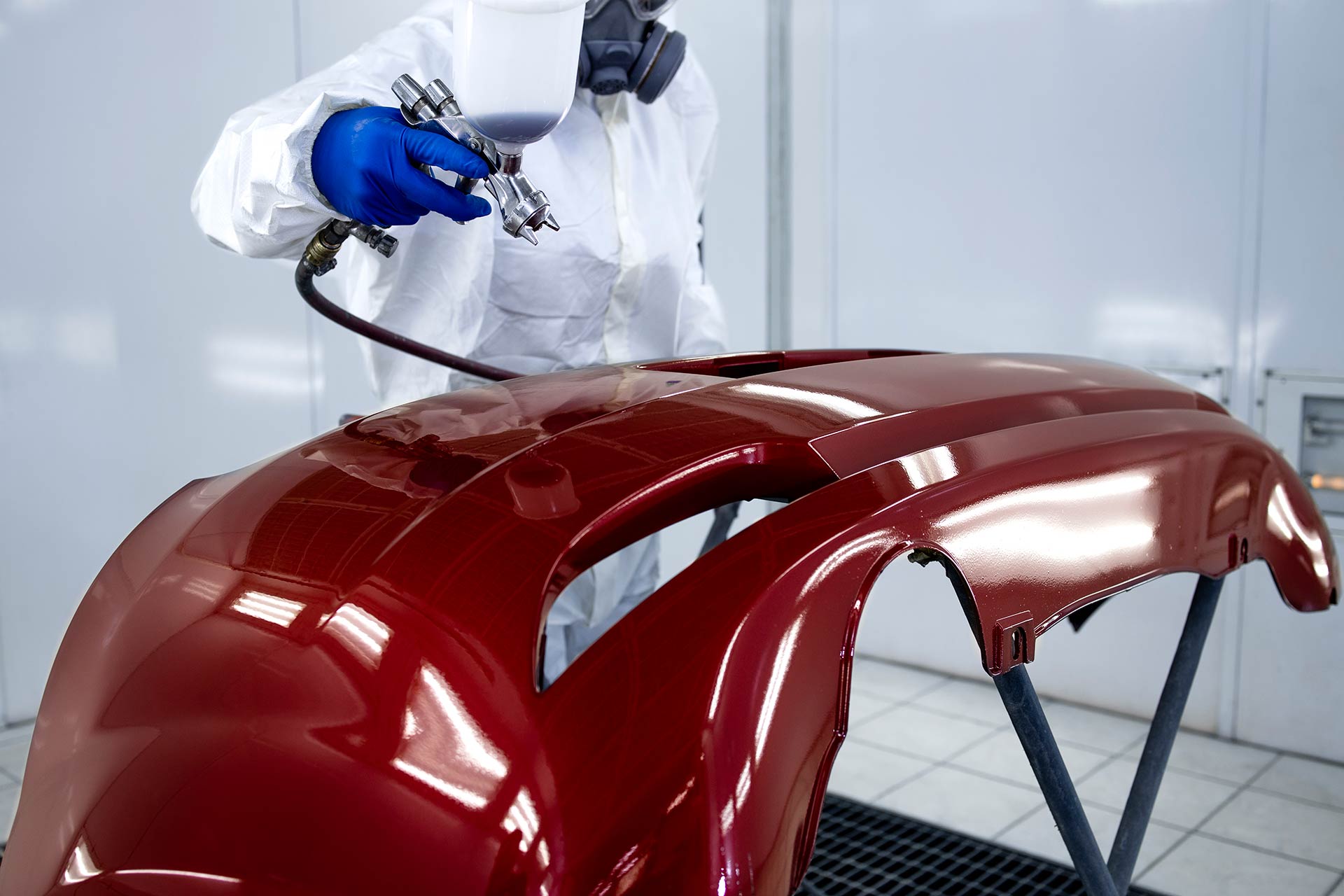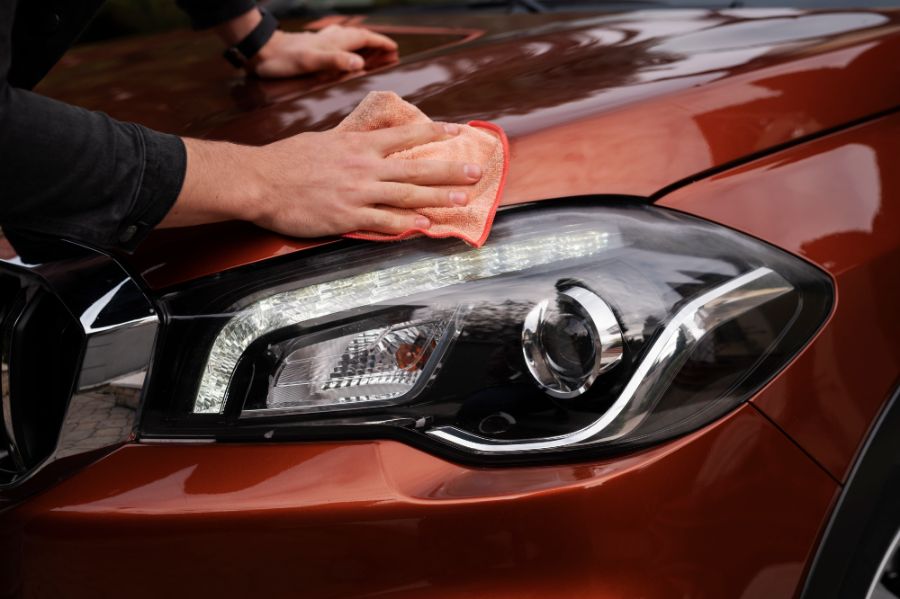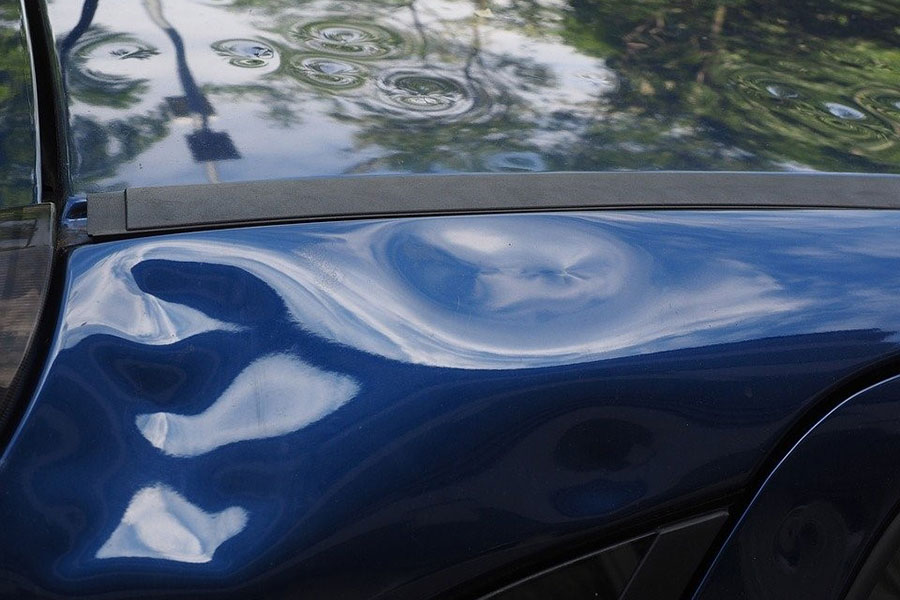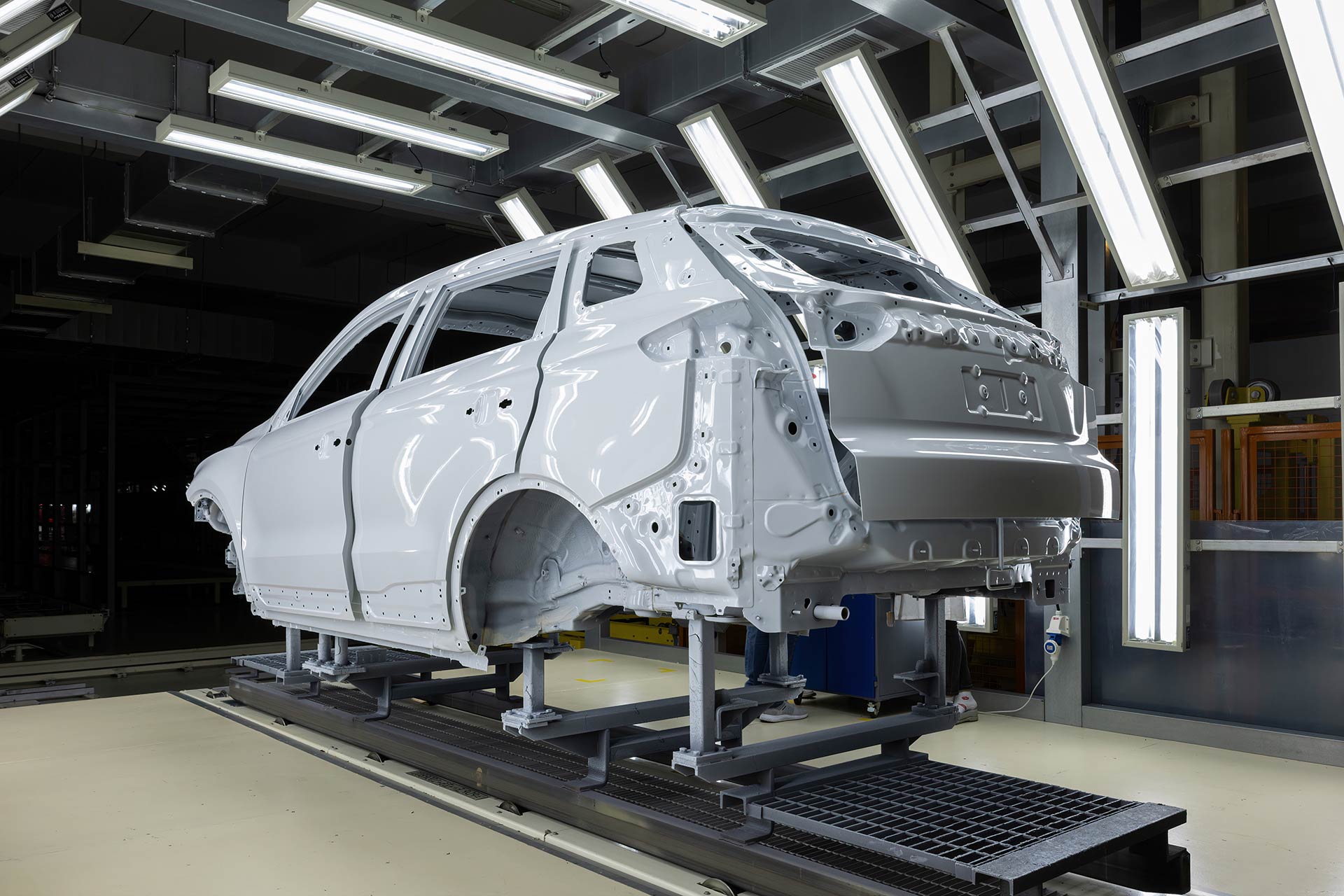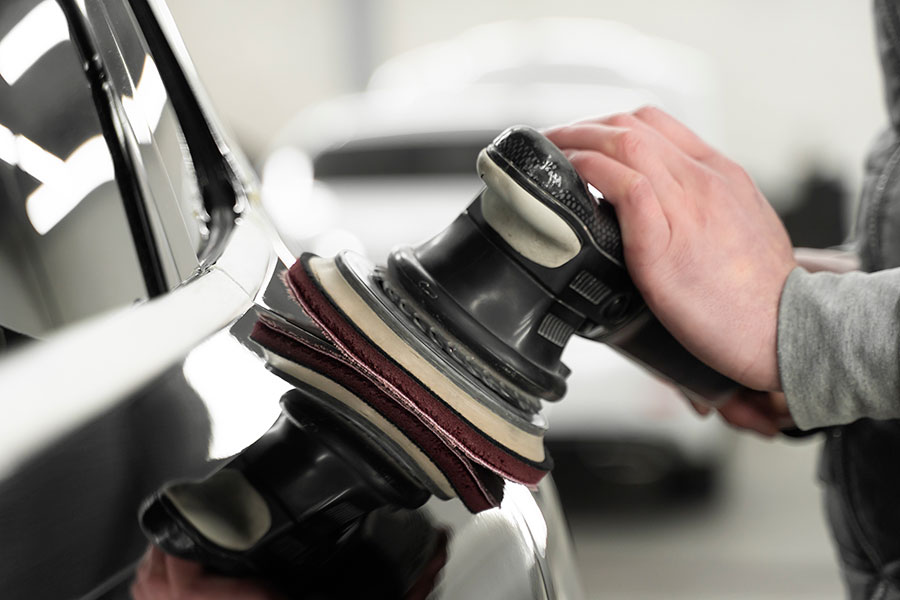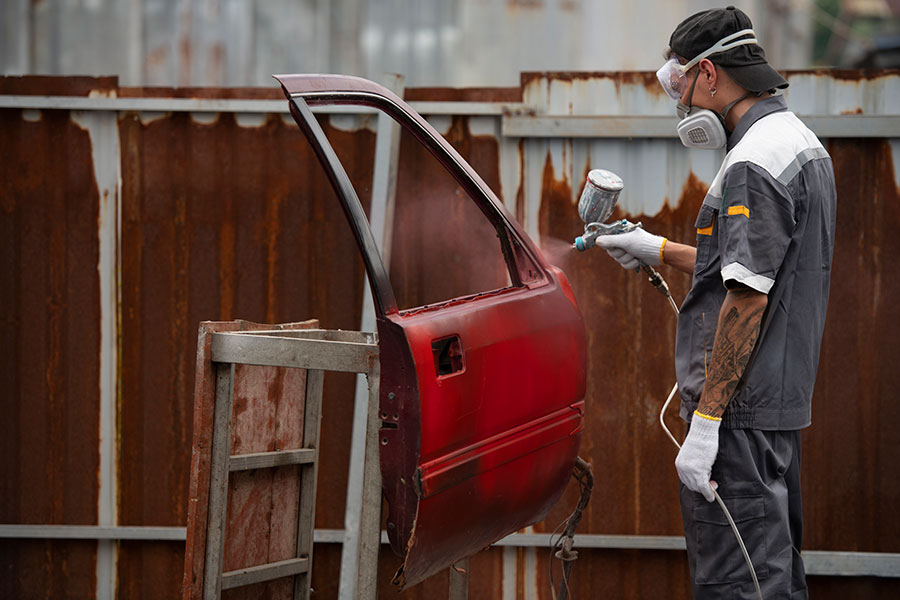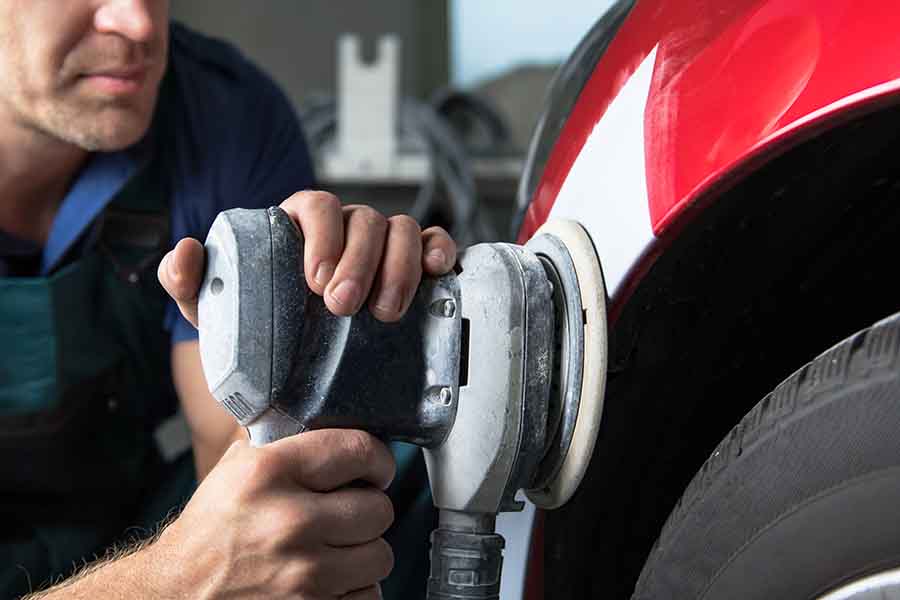Ever stared at a car repair estimate wondering where all those numbers come from? You're not alone. Decoding a car repair estimate can feel like translating an ancient language. But fear not, we're diving into the nitty-gritty of what makes up that final figure. From labor costs to parts pricing, we'll guide you through each section, ensuring you know exactly what you're paying for. This post aims to arm you with knowledge, so the next time you're handed an estimate, you can read it with confidence, ask informed questions, and maybe even save some cash. Let's demystify the process together and turn confusion into clarity.
Understanding Car Repair Costs
Vehicle Factors
Vehicle make, model, and age play a crucial role in determining car repair costs. Luxury brands often require specialized parts and expertise, leading to higher expenses. Older vehicles might need harder-to-find parts, increasing the overall price.
Parts for newer models are usually more readily available but can be expensive due to their advanced technology. The complexity of the repair also varies with the vehicle's design. Some cars are built in a way that makes them easier and cheaper to repair, while others may require extensive labor to access certain areas.
Labor vs. Parts
The cost of car repairs is divided into two main categories: labor and parts. Labor costs refer to the amount paid for the mechanic's time and expertise. These rates can vary widely depending on the shop's location, the mechanic's experience, and the complexity of the work needed.
Parts costs cover the price of any replacements needed to fix the vehicle. For some repairs, parts can be a minor expense compared to labor. However, for more significant issues or when using high-quality or OEM (Original Equipment Manufacturer) parts, this cost can significantly increase the total bill.
Geographic Impact
Location has a significant influence on car repair expenses. Urban areas, where the cost of living is higher, tend to have higher labor rates. This is because businesses need to cover higher rent and wages in cities compared to rural areas.
Regional differences in weather and road conditions can affect which repairs are more common, thus impacting average prices. For example, vehicles in colder climates may require more frequent repairs for rust damage caused by salted roads.
Choosing a Reliable Mechanic
Certifications Matter
Certifications are crucial when picking a mechanic. They prove the mechanic's skills and knowledge. Look for ASE (Automotive Service Excellence) certification. This is a sign of professionalism.
Mechanics with years of experience are often more reliable. They have dealt with many car issues. This means they can solve yours too.
Ask for Referrals
Your friends and family can help find a good mechanic. They might have someone they trust. Their experiences can guide you to reliable service.
Online reviews are another great source. Websites like Yelp or Google Reviews show what other customers think. Look for mechanics with high ratings and positive feedback.
Get Written Estimates
Before any work starts, ask for a detailed estimate in writing. This should list all repairs needed and their costs. It helps avoid surprises later.
A written estimate allows you to compare prices with other mechanics. You can see if you're getting a fair deal.
Overview of Repair Parts
OEM vs Aftermarket
OEM parts are made by the vehicle's manufacturer. They match the parts that came with your car exactly. This means they're guaranteed to fit and are often seen as higher quality. However, they can be more expensive.
Aftermarket parts are made by different companies. They are designed to work in your car but might not be an exact match. These parts are usually less expensive and can offer more variety in terms of performance and price. But, the quality can vary greatly.
Choosing between OEM and aftermarket parts depends on your budget and what you're looking for in a repair. Sometimes, aftermarket parts can be just as good as OEM parts and save you money.
Availability Impact
The availability of parts can greatly affect both the timeline and cost of car repairs. Hard-to-find parts might need to be ordered from the manufacturer or a specialized supplier, leading to longer wait times and potentially higher costs.
For common vehicles, parts are usually readily available, which can speed up repairs and reduce costs. However, for older or more unique cars, finding the right parts can be a challenge. This is where your mechanic's knowledge and network become crucial in sourcing the best options quickly.
Warranty Options
Warranties on car parts can offer peace of mind but vary widely between OEM and aftermarket options. OEM parts typically come with a manufacturer's warranty, which can range from one year to several years. This warranty often covers both the part and labor if installed at a dealership.
Aftermarket parts warranties depend on the manufacturer but can sometimes be more flexible or longer than OEM warranties. Some aftermarket companies even offer lifetime warranties on certain parts. However, these warranties might only cover the part itself, not the labor needed to install it.
Breakdown of Labor Expenses
Labor Cost Calculation
Mechanics often use standard labor time guides to calculate labor costs. These guides provide an average time it takes to complete specific repairs. Shops then multiply this time by their hourly rate.
For a brake pad replacement, the guide might list two hours. If the shop's rate is $100 per hour, the labor cost would be $200. This method ensures consistency across various repairs.
Location Influence
The repair shop's location significantly affects labor rates. Urban areas typically have higher rates due to increased overhead costs.
In contrast, shops in rural areas might charge less. The difference can be substantial, affecting the overall repair estimate.
Specialization Impact
Shops specializing in certain car brands or types often have higher rates. Their mechanics possess specific expertise and tools that justify these costs.
For instance, a dealership or a shop focusing on European cars might charge more than a general mechanic. This reflects the specialized knowledge required for these vehicles.
Complexity of Repairs
Complex repairs demand higher labor costs because they require more expertise and time. A transmission rebuild is more intricate than an oil change and thus, pricier.
Such tasks might also need specialized equipment, adding to the cost. Mechanics justify these expenses by the skill and technology involved in complex repairs.
Explaining Sublet Charges
Sublet Basics
Sublet charges are fees for work done by outside experts. These are not part of the main repair shop's services.
Sublet charges can surprise car owners. They cover tasks the original garage can't do. This often includes specialized repairs. Examples are auto body work or advanced diagnostics. It's crucial these costs are clear on the estimate.
Common Services
Auto body repairs often need subletting. This is because they require specific skills and tools.
Another example is specialized diagnostics. These tests find complex problems. Not all shops have the necessary equipment. Thus, they outsource this service.
Estimate Clarity
Estimates must list sublet charges separately. This keeps things transparent for the car owner.
It's important that each sublet service has its own line item. This way, you know exactly what you're paying for. Shops should explain why each sublet service was needed.
Deciphering Flat Repair Fees
Flat Fee Basics
Flat fees are set prices for specific car services. They make planning for car maintenance easier. Unlike the variable costs associated with sublet charges, flat fees tell you exactly what you will pay upfront.
Mechanics often use them for routine tasks. This pricing model benefits both the customer and the service provider by simplifying the billing process. It's crucial, however, to understand exactly what these fees cover to avoid surprises.
Common Services
Several car maintenance tasks commonly come with flat fees. These include:
- Oil changes
- Tire rotations
- Brake inspections
- Battery replacements
Each of these services has a predictable scope, making it easier for providers to set a standard charge. Knowing these common flat fee services helps in budgeting for regular vehicle upkeep.
Included in Flat Fees
Understanding what is included in a flat fee service is key to avoiding unexpected costs. For instance, an oil change for a fixed price might only cover certain types of oil or exclude some vehicle models.
Always ask for details about the service. Find out if there are any conditions or exclusions that could lead to additional charges. This clarity will help in making informed decisions about your vehicle's maintenance needs.
Benefits of Flat Fees
The advantages of flat fee pricing are significant. They offer:
- Predictability in costs
- Simplified budgeting for car owners
- Efficiency in service provision
By knowing the exact cost beforehand, car owners can avoid the sticker shock often associated with automotive repairs. Moreover, this transparency builds trust between service providers and their customers.
Avoiding Pitfalls
To fully benefit from flat fee services, it’s essential to be proactive. Here are a few tips:
- Always confirm what the flat fee includes.
- Check if your vehicle model incurs extra charges.
- Ask about any potential additional costs not covered by the flat fee.
Being well-informed helps in navigating the complexities of car maintenance expenses with confidence.
Costs of Paint and Materials
Color Matching
The process of color matching plays a crucial role in the cost of paint and materials. Technicians must ensure the new paint perfectly matches the car's existing color. This can be challenging, especially for older vehicles or those with unique colors.
To achieve a perfect match, professionals use advanced technology and techniques. They may need to create custom blends. This requires more time and materials, increasing costs.
Repair Size
The size of the area needing repair significantly impacts material costs. Larger repairs need more paint and materials. This raises the price.
Small dings might only require a touch-up, costing less. But larger scratches or panels need more work. They also use more materials. Thus, the expense grows with repair size.
Quality Materials
Using high-quality materials is essential for a lasting repair. These materials ensure the paint adheres well and resists fading over time.
High-quality paints and coatings offer better protection against the elements. They also enhance the vehicle's appearance. However, they come at a higher cost than standard options. This reflects in the final estimate.
Specialized Coatings
Specialized paint jobs or coatings can significantly increase expenses. Options like metallic finishes or protective coatings add complexity to the job.
These special coatings often require additional layers or unique application techniques. They provide superior durability and aesthetics but at a premium price.
Additional Charges Explained
Miscellaneous Fees
After covering paint and materials costs, it's crucial to dive into the realm of miscellaneous fees. These can sneak up on your bill, adding unexpected amounts to your final car repair estimate. Not all charges are straightforward, so understanding them is key.
Many shops add environmental disposal fees or charges for shop supplies. These might seem small but can add up quickly. Always ask for a detailed breakdown of these fees. This way, you know exactly what you're paying for. It's your right to question any fee that doesn't make sense to you.
Shop Supplies Charge
Shop supplies charge covers the use of materials not specific to your vehicle but essential for the repair process. Think of items like rags, gloves, or small hardware.
This charge often appears as a percentage of the total bill rather than a fixed amount. It's important to understand how this percentage translates into actual costs. Don't hesitate to ask for clarification if this fee seems too high or if it's unclear how it was calculated.
Environmental Disposal Fees
Disposing of automotive materials requires adherence to environmental regulations, which incurs certain fees. This includes the safe disposal of oils, coolants, and other hazardous substances.
Shops pass these costs onto consumers under environmental disposal fees. While necessary for protecting our planet, it's wise to inquire about these charges' specifics. Ensure they reflect genuine disposal needs rather than inflated add-ons.
Transparency Is Key
In car repair estimates, transparency should never be compromised. If you come across a charge that isn't clear or seems unnecessary, question it. Reputable service providers will explain each fee and its purpose without hesitation.
Encouraging open dialogue about these charges ensures you're only paying for what's absolutely necessary. It also helps build trust between you and the repair shop.
Closing Thoughts
Navigating car repair costs feels less daunting now, right? You've got the inside scoop on everything from picking a trusty mechanic to understanding the nitty-gritty of labor expenses and parts. It's about making informed decisions, ensuring you're never caught off guard by unexpected fees or sublet charges. Keep this guide handy; it's your roadmap to confidently handling repair estimates, avoiding overcharges, and ensuring your car gets top-notch care without breaking the bank.
Ready to tackle your next car repair with ease? Remember, knowledge is power—especially in the garage. Don't hesitate to ask questions or seek second opinions. Armed with insight, you're all set to navigate the repair process smoothly. Drive safe, and keep this guide in your back pocket for peace of mind on and off the road.
Frequently Asked Questions
How can I understand my car repair costs better?
Understanding car repair costs involves knowing the breakdown of parts, labor, and any additional fees. Ask your mechanic for a detailed invoice to see where your money is going.
What should I look for in a reliable mechanic?
Choose a mechanic who is certified, has good reviews, and is transparent about their pricing and repair process.
What makes up the cost of repair parts?
The cost of repair parts includes the price of the replacement parts themselves and sometimes the cost of shipping or sourcing these parts.
How are labor expenses calculated in car repairs?
Labor expenses are calculated based on the time it takes to complete the repair multiplied by the shop's hourly rate.
Can you explain what sublet charges are?
Sublet charges occur when your mechanic outsources part of your repair to another shop, adding their fees to your bill.
What are flat repair fees?
Flat repair fees are predetermined costs for specific repairs that do not vary with time spent on the repair.
Why are there additional charges on my car repair bill?
Additional charges can include environmental fees, disposal fees, or charges for miscellaneous shop supplies used during the repair.
